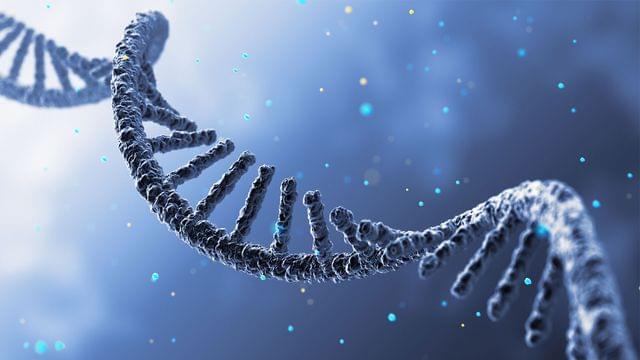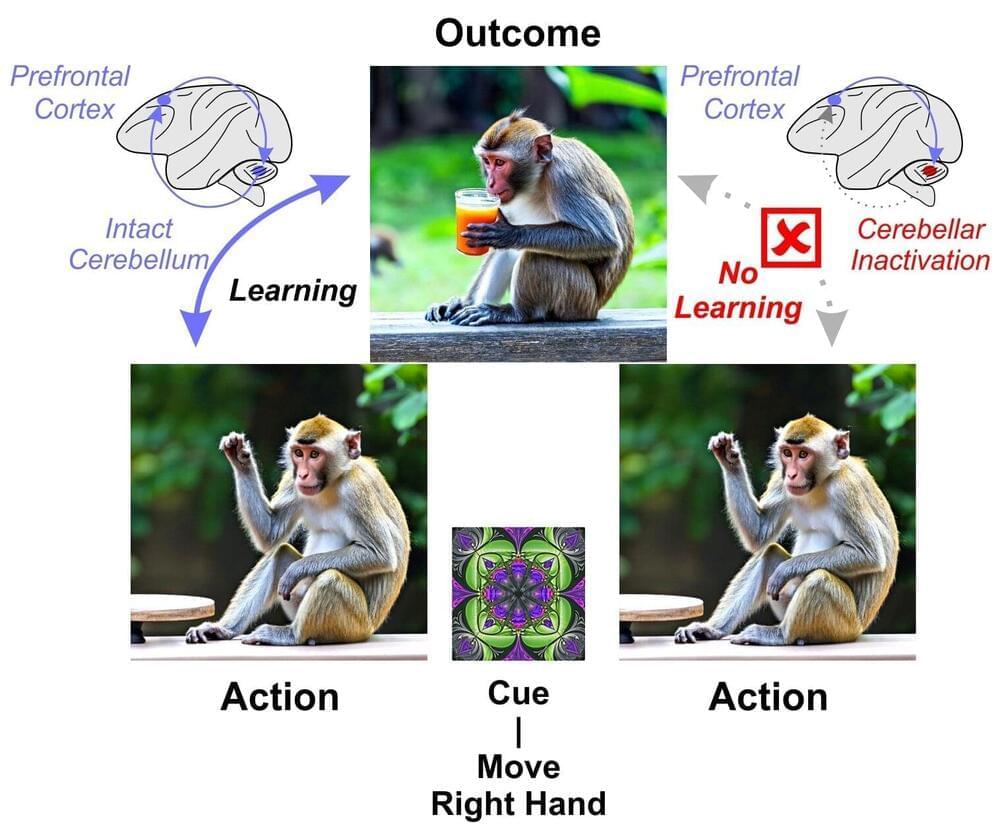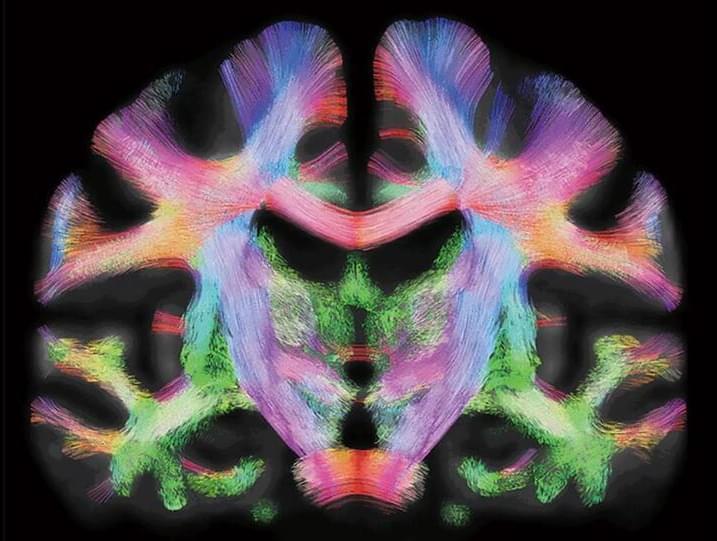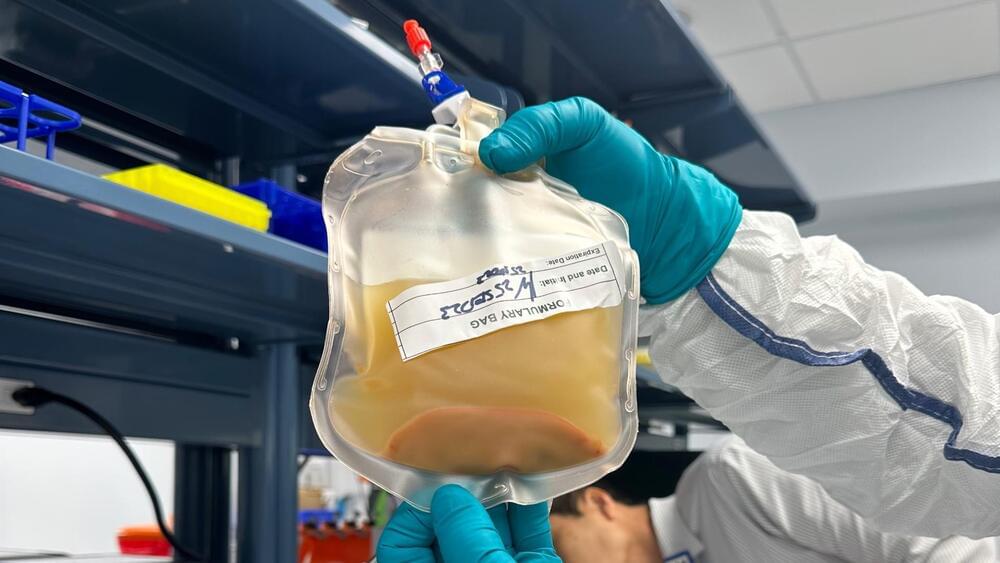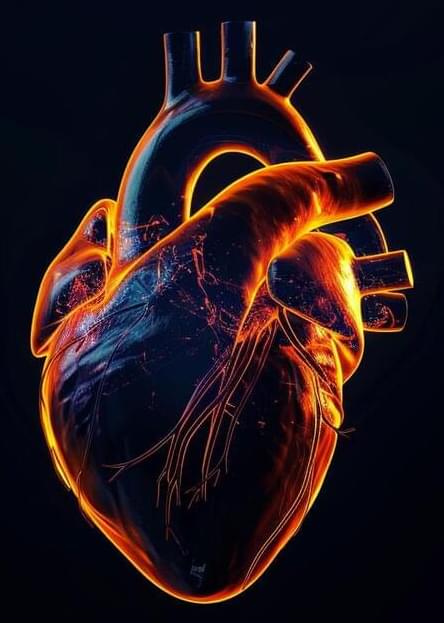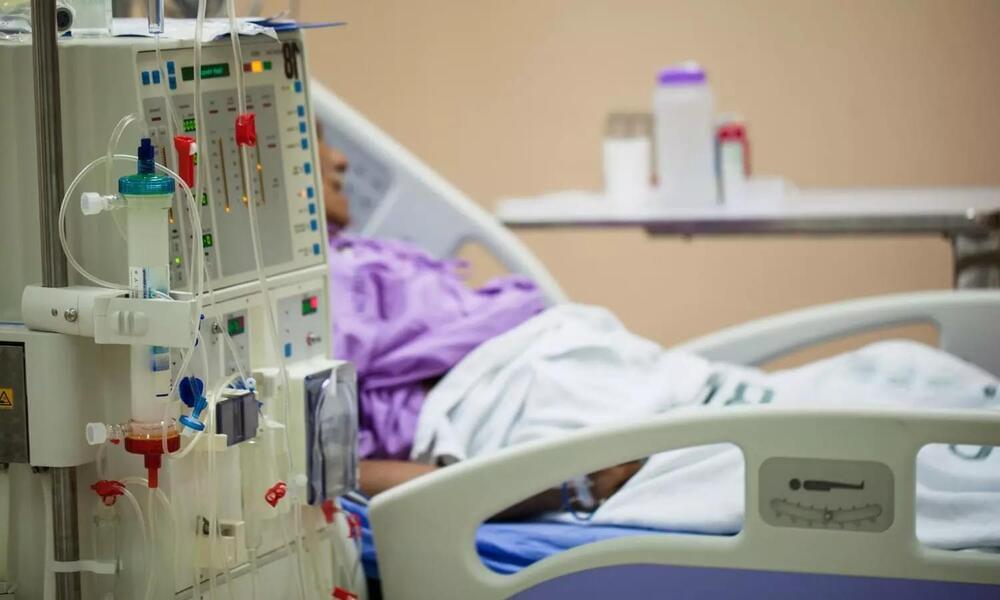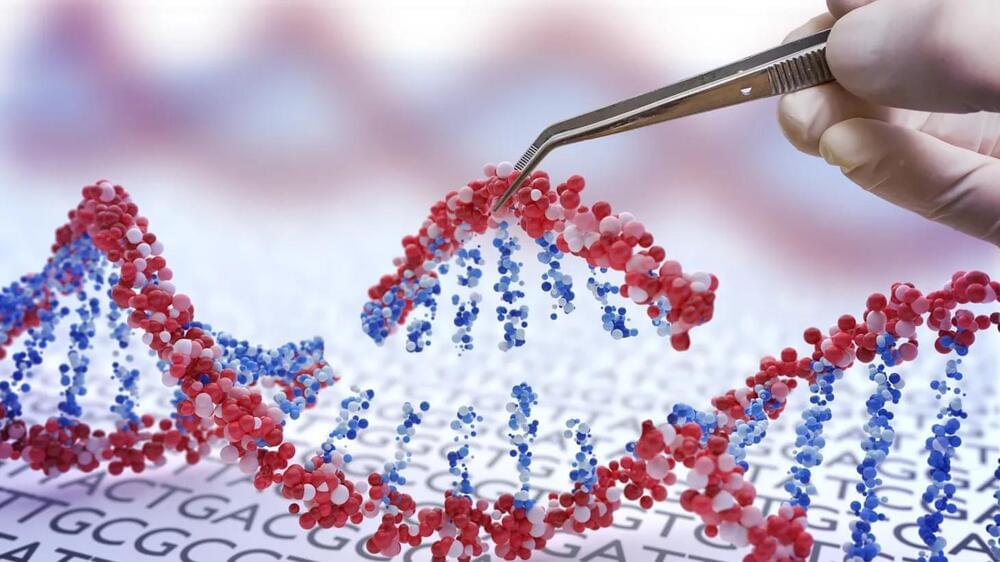Welcome to The Moss Report Welcome to The Moss Report Featuring articles, videos, podcasts and more from science writer Ralph W. Moss, PhD. Since 1974, The Moss Report has been the world’s #1 source.
Archive for the ‘biotech/medical’ category: Page 174
Apr 5, 2024
RNA Molecules in Brain Nerve Cells Display Lifelong Stability
Posted by The Neuro-Network in categories: biotech/medical, genetics, life extension, neuroscience
Certain RNA molecules in the nerve cells in the brain last a life time without being renewed. Neuroscientists from Friedrich-Alexander-Universität Erlangen-Nürnberg (FAU) have now demonstrated that this is the case together with researchers from Germany, Austria and the USA. RNAs are generally short-lived molecules that are constantly reconstructed to adjust to environmental conditions. With their findings that have now been published in the journal Science, the research group hopes to decipher the complex aging process of the brain and gain a better understanding of related degenerative diseases.
Most cells in the human body are regularly renewed, thereby retaining their vitality. However, there are exceptions: the heart, the pancreas and the brain consist of cells that do not renew throughout the whole lifespan, and yet still have to remain in full working order. “Aging neurons are an important risk factor for neurodegenerative illnesses such as Alzheimer’s,” says Prof. Dr. Tomohisa Toda, Professor of Neural Epigenomics at FAU and at the Max Planck Center for Physics and Medicine in Erlangen. “A basic understanding of the aging process and which key components are involved in maintaining cell function is crucial for effective treatment concepts:”
In a joint study conducted together with neuroscientists from Dresden, La Jolla (USA) and Klosterneuburg (Austria), the working group led by Toda has now identified a key component of brain aging: the researchers were able to demonstrate for the first time that certain types of ribonucleic acid (RNA) that protect genetic material exist just as long as the neurons themselves. “This is surprising, as unlike DNA, which as a rule never changes, most RNA molecules are extremely short-lived and are constantly being exchanged,” Toda explains.
Apr 5, 2024
Newly Approved Rapid Blood Test for Traumatic Brain Injury Could Speed Up Treatment for Troops
Posted by The Neuro-Network in categories: biotech/medical, military, neuroscience
The Food and Drug Administration has approved a blood test to detect concussion that produces results in minutes rather than hours — a breakthrough that could help expedite treatment for service members with traumatic brain injuries, according to the U.S. Army and Abbott Laboratories, the…
Read Next: New Cold-Assignment Incentive Pay Coming for Airmen and Guardians at 7 Bases
“This can help get the most severely injured service members to neurosurgeons faster and ultimately save lives,” Lt. Col. Bradley Dengler, neurosurgical consultant to the U.S. Army Office of the Surgeon General, said in a release.
Apr 4, 2024
Study reveals that the brain’s cerebellum can shape cognition
Posted by Saúl Morales Rodriguéz in categories: biotech/medical, neuroscience
If you reward a monkey with some juice, it will learn which hand to move in response to a specific visual cue—but only if the cerebellum is functioning properly. So say neuroscientists at the University of Pittsburgh School of Medicine and Columbia University, who recently published findings in Nature Communications that show the brain region plays a crucial role in reward-based learning.
Apr 4, 2024
Weak waste removal in the brain linked to Alzheimer’s
Posted by Dan Breeden in categories: biotech/medical, neuroscience, supercomputing
A combination of advances in magnetic resonance imaging to help track the movement of fluids in the brain and supercomputer-powered simulations are modifying our understanding of cognitive decline.
Apr 4, 2024
Groundbreaking trial to grow ‘mini liver’ from patient’s own lymph node
Posted by Shubham Ghosh Roy in categories: biotech/medical, health
Pittsburgh biotech grows second liver in-body:
As per Nature, the experimental procedure was conducted in Houston on March 25. The report also states that the patient is “recovering well” after receiving the treatment. However, the formation of the new liver-like organ in the lymph node may take several months.
Moreover, the individual will be kept on immunosuppressive drugs to prevent any initial rejection of the donor cells.
Continue reading “Groundbreaking trial to grow ‘mini liver’ from patient’s own lymph node” »
Apr 4, 2024
Repair Bio’s gene therapy rapidly reverses atherosclerosis in mice
Posted by Shubham Ghosh Roy in category: biotech/medical
Company eyes clinical trials of mRNA therapy targeting intracellular free cholesterol after receiving ‘favorable’ pre-IND feedback.
Apr 4, 2024
Primary care strategy did not reduce hospitalizations at one year in kidney-dysfunction triad: ICD-Pieces study
Posted by Shubham Ghosh Roy in categories: biotech/medical, health, information science
USA: Using an electronic health record (EHR)-based algorithm plus practice facilitators embedded in primary care clinics did not reduce hospitalization at one year, according to a pragmatic trial involving patients with the triad of chronic kidney disease, hypertension, and type 2 diabetes.
“The hospitalization rate of patients in the intervention group at one year was about the same as that with usual care (20.7% vs 21.1%),” the researchers reported in the ICD-Pieces study published in the New England Journal of Medicine.
Patients with chronic kidney disease (CKD), type 2 diabetes (T2D), and hypertension (the kidney-dysfunction triad) are at high risk for multiple complications, end-stage kidney disease, and premature death. Despite the availability of effective therapies for these patients, there is a lack of results of large-scale trials examining the implementation of guideline-directed therapy to reduce death and complications risk in this population.
Apr 4, 2024
World’s most powerful MRI machine captures first stunning brain scans
Posted by Genevieve Klien in categories: biotech/medical, neuroscience

The world’s most powerful MRI machine has started proving its worth, by scanning living human brains. The resulting images give an ultra high resolution glimpse into the brain, which will help us better understand the nature of consciousness and treat neurodegenerative diseases.
Developed by the French Alternative Energies and Atomic Energy Commission (CEA), the Iseult MRI machine packs a magnetic field strength of 11.7 Teslas (T). By comparison, conventional MRI machines in wide use in hospitals today are usually 1.5 or at most 3 T.
Continue reading “World’s most powerful MRI machine captures first stunning brain scans” »
Apr 4, 2024
Are you ready for CRISPR? Because the gene-editing technology is already impacting the food we eat
Posted by Dan Breeden in categories: biotech/medical, genetics
You’ve probably heard about the gene-editing technology CRISPR. The massive biotech breakthrough, which has emerged in the last decade, has mainly been touted for the ways it will let scientists edit the human genome — hopefully to cure genetic diseases or perhaps, more worryingly, to create “designer babies.” But CRISPR is also being used in another area, the world of food.
Cultural anthropologist Dr. Lauren Crossland-Marr hosts the five-episode podcast A CRISPR Bite. She takes listeners into labs as researchers tinker with the genes in what we eat and drink. What, exactly, are they trying to achieve? And what’s at stake?

